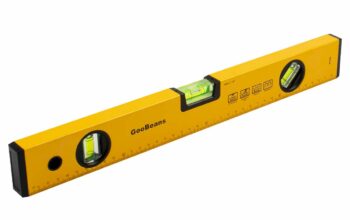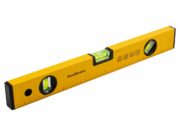The advent of quantum computing has generated significant intrigue and controversy within scientific and technological circles. One of the recurring inquiries in this domain pertains to the materials utilized in the construction of quantum processors. A pivotal question emerges: do quantum computers use silicon? To address this inquiry, one must first dissect both the operational underpinnings of quantum computing and the historical and contemporary roles that silicon has played in computing technology.
Quantum computing fundamentally leverages the principles of quantum mechanics to process information. Unlike classical bits, which exist in binary states (0 or 1), quantum bits—or qubits—can exist in superpositions, whereby they embody multiple states simultaneously. This ability allows quantum computers to perform complex computations at unprecedented speeds, rendering them potentially transformative for various applications, including cryptography, optimization problems, and complex simulations of molecular structures. The inherent capability of qubits to exist in multiple states generates a combinatorial explosion of possibilities, ultimately facilitating computations that would be inconceivable for classical systems.
Historically, silicon has been a cornerstone material in the realm of electronic components. Silicon’s semiconductor properties have made it the preferred choice for manufacturing traditional microprocessors and integrated circuits. As the foundation of modern computing, silicon devices have evolved over decades, culminating in the era of Moore’s Law, which predicts the doubling of transistors on microchips approximately every two years. This prolific advancement in silicon technology raises a compelling question—can this well-understood material also serve the nascent field of quantum computing?
Indeed, silicon-based qubits are being extensively researched and developed in several prominent quantum computing projects. The primary advantage of using silicon lies in its compatibility with existing semiconductor fabrication techniques. Researchers are adept at manipulating silicon to integrate qubits with classical computing elements, thus enabling a hybrid architecture that could harness both quantum and classical capabilities. The potential for scalability remains one of the most tantalizing aspects of utilizing silicon in quantum computing, as it offers a pathway to leverage established manufacturing processes, thereby reducing costs and time to market.
Among the primary types of silicon-based qubits are those crafted from silicon quantum dots and those based on silicon’s intrinsic electron spin. Silicon quantum dots function as potential wells that trap electrons, with each dot representing a qubit. Through precise control of electromagnetic fields applying to these dots, researchers can manipulate the quantum states, thereby enabling the operations necessary for quantum computation. Meanwhile, spin-based qubits utilize the intrinsic angular momentum of electrons, exploiting their spin states to encode information. These purely electronic qubits present a compelling alternative, given their potential for longer coherence times compared to their superconducting counterparts.
Moreover, another avenue of innovation involves silicon photonics, which integrates quantum technology with optical fibers and devices. This hybrid approach employs silicon to create photonic qubits, capitalizing on the intrinsic properties of light to enhance communication between qubits, effectively facilitating quantum networking and distributed quantum computing architectures. The intersection of quantum computing and photonics can enable unprecedented levels of computational efficiency and data transmission speeds, thereby constructing a more robust framework for quantum applications.
Despite these advantages, significant challenges persist in the adoption of silicon as a primary material for quantum computing. One major obstacle is achieving adequate coherence times—the duration over which a qubit maintains its quantum state before decoherence occurs due to environmental interactions. While certain silicon-based qubits are showing promise with improving coherence times, the delicate balancing act of maintaining quantum fidelity amid environmental noise remains a fundamental hurdle. Researchers continually seek methods to isolate qubits from their surroundings while still allowing for necessary operations.
The materials landscape for quantum computing encompasses not only silicon. Efforts are proliferating in exploring alternative materials including superconductors, trapped ions, and topological qubits, each presenting unique intrinsic properties that may confer advantages in specific contexts. Superconducting qubits, for instance, have demonstrated rapid operation speeds but face challenges with thermal dissipation. Conversely, trapped ions exhibit exceptional coherence times; however, they struggle with scalability. This diverse exploration underscores the pluralistic quest for optimal materials in quantum computing, each exhibiting distinct philosophical perspectives on the nature of qubits.
In conclusion, while silicon is competently positioned within the quantum computing ecosystem, it is not the exclusive protagonist in the narrative of quantum materials. Its utilization offers intriguing possibilities, especially in bridging the gap between classical and quantum systems, yet it is entangled with substantial technical challenges that require ongoing exploration. This continuous interplay between traditional materials and emerging quantum technologies captivates the scientific community, affirming the broader technological challenge of mastering quantum principles. Ultimately, the question of whether quantum computers will predominantly rely on silicon is not merely a query of material choice—it is a reflection of a deeper exploration into the nature of computation itself, challenging preconceptions and inspiring innovation.












